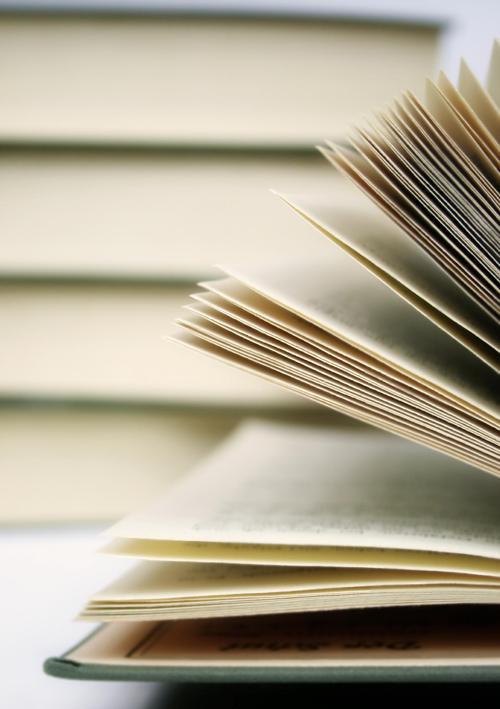
Reading before bedtime is long believed to make sleep easy, but it might be best to avoid doing so from light-emitting screens, according to a new study from Pennsylvania State University.
Exposure to light before going to sleep reduces the hormone melatonin, which controls the biology clock, making it harder to fall asleep.
Working with a small participant group of 12 adults, Anne-Marie Chang, an assistant professor, and her team compared how long it took them to fall asleep reading books downloaded onto an iPad with reading books from the bookstore or library.
In the two-week study, participants slept at Brigham and Women’s Hospital in Boston under the observation of the research team, who also monitored their melatonin levels, how long they slept and their alertness in the morning.
As they drifted off, participants read from 6pm to 10pm from an iPad for five consecutive nights and then switched to print for another five nights in a row using the same timeframe.
Those who read from the iPads took 10 minutes longer to fall asleep than those who read from print and their sleep was lighter, indicated by data that measured considerably less rapid eye movement (REM) sleep from the iPad readers than it did for the print readers.
“Our most surprising finding was that individuals using the e-reader would be more tired and take longer to become alert the next morning,” says Chang. “This has real consequences for daytime functioning, and these effects might be worse in the real world.”
The Kindle e-reader could be an exception, for it emits no light, according to the research team, who measured the amount of brightness emitted by the iPad, iPhone, Kindle, Kindle Fire and Nook Color.
All other devices emitted roughly the same amount of light, with the iPad topping the brightness list.
Chang, whose study was published in Proceedings of the National Academy of Science, says further research is necessary in light of terrible sleep statistics in modern society.
本时文内容由奇速英语国际教育研究院原创编写,禁止复制和任何商业用途,版权所有,侵权必究!
1.Why should we avoid reading books from an iPad?
A It does harm to eyes.
B The iPad is very expensive.
C It makes falling sleep harder.
D It makes reading more difficult.
解析:选C。C 细节理解题。根据第二段中的“…making it harder to fall asleep.”可知,该题选C项。
2.What does the third paragraph mainly tell us?
A The method of the study
B The aim of the experiment
C The procedure of the study
D The results of the study
解析:选A。A 主旨大意题。根据第三段中内容可知,本段介绍了进行研究的人员以及参与研究的人和所研究的方法。故选A项。
3.What does the underlined expression “switched to print” mean?
A Books read from an iPad needs be printed.
B Read from an iPad in exchange for a printer.
C The printer is broken and needs to be repaired.
D Switch to read books from the bookstore or library.
解析:选D。D 词义猜测题。根据第三段的内容以及第五段中的“participants read from 6pm to 10pm from an iPad for five consecutive nights and then…”可知,参与者连续五个晚上从下午六点到十点在iPad上阅读,然后再换成阅读书店或图书馆的书籍。故该题选D项。
4.Compared to the iPad readers, the print readers __________.
A need longer time to fall asleep
B sleep more soundly
C have less rapid eye movement
D have a better memory
解析:选B。B 细节理解题。根据第六段中的“…their sleep was lighter…”打印文字的阅读者比iPad阅读者睡得更香。故选B项。
5.Which is the correct order according to the amount of brightness emitted?
A iPad > iPhone >Kindle
B Kindle>iPhone iPad
C iPad >Kindle >iPhone
D iPhone>iPad>Kindle
解析:选A。A 推理判断题。根据倒数第三段中的“The Kindle e-reader could be an exception, for it emits no light”可知,The Kindle不发光;而由倒数第二段可知,iPad的发光量是最多的;故可知该题选A项。